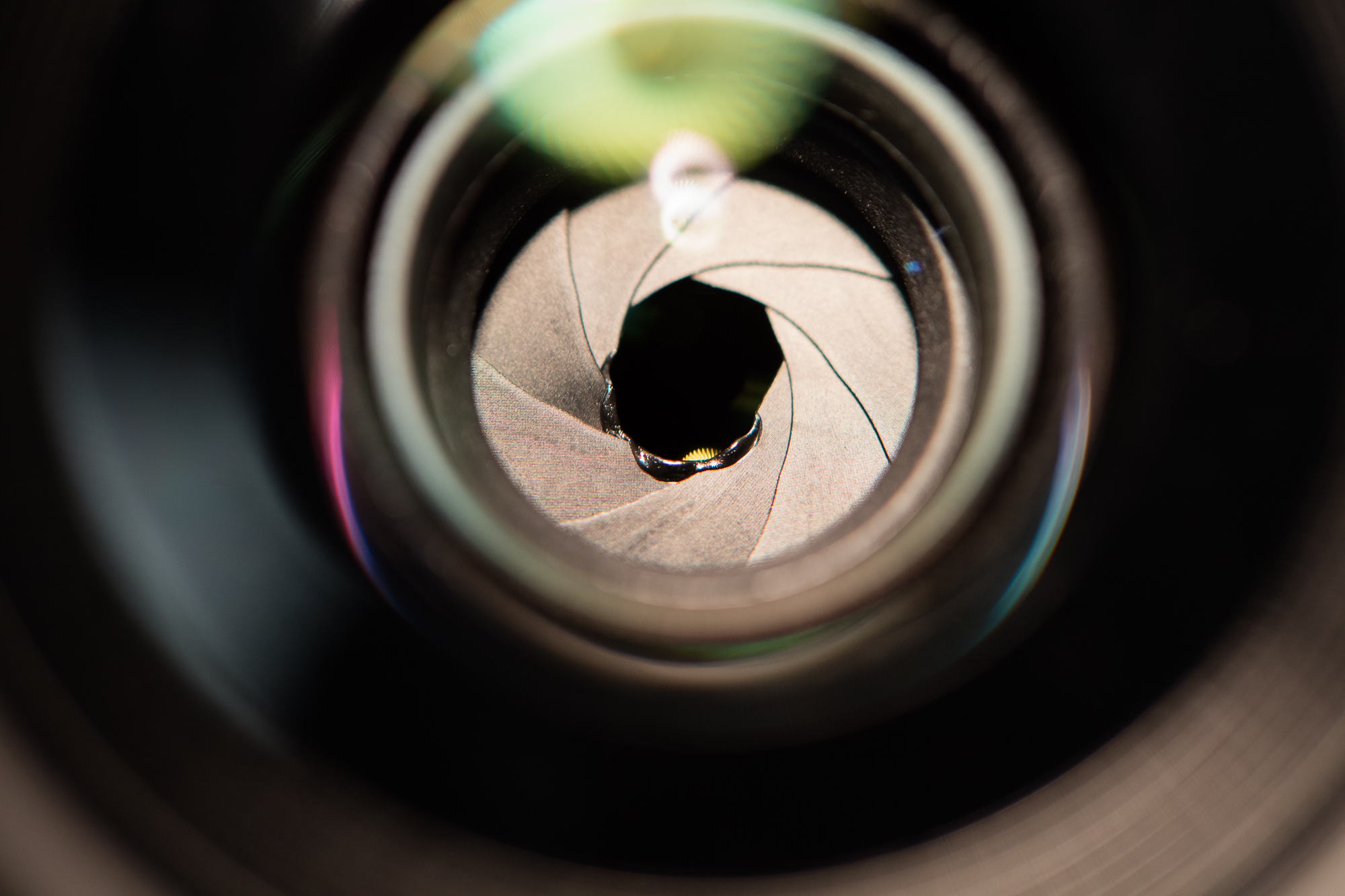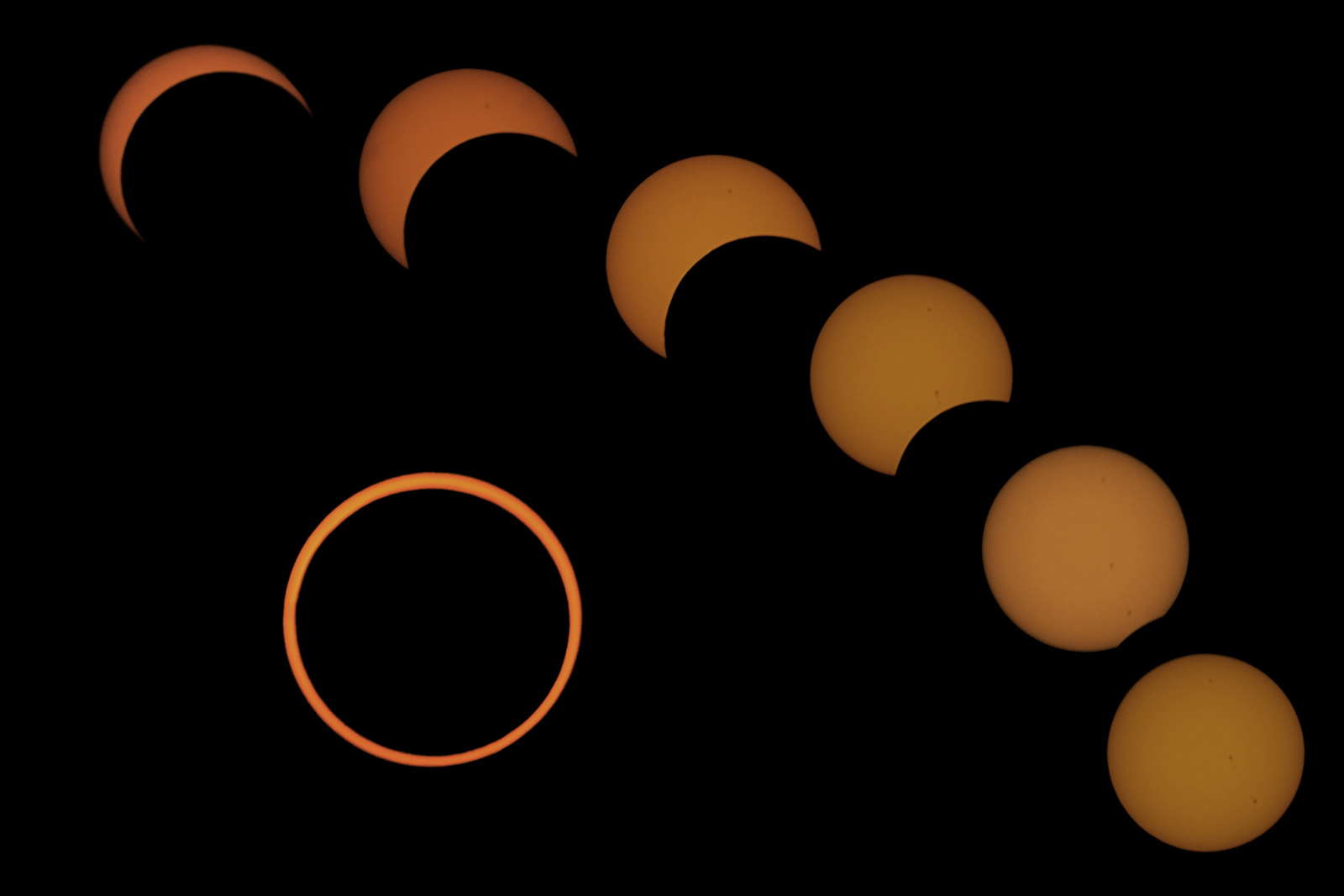D
Deleted Member 777
Guest
This thread was started by a former member. Let's not disappoint them and keep it going 
Last edited by a moderator:
Follow along with the video below to see how to install our site as a web app on your home screen.
Note: This feature may not be available in some browsers.


That's pretty badass!
Describe a bit better, please. Did you use the sugru to hold the filter paper on the lens, or on an old filter frame?
The filter membrane or whatever it is came yesterday. I wanted to get the frame constructed just in case I messed something up, there'd be time for an alternative.
They give you instructions to build the frame, but I already had everything needed to do what I had planned, except Kleenex. The barrel of the filter frame is a carboard oatmeal cannister, lined with black posterboard and fitted with spacers to keep it centered on the lens. The filter frame is a piece of black foam presentation board, cut to size, with another piece of black posterboard for the top. Other materials included Scotch brand two sided and single sided cellophane tape, and gorilla tape.
The frame seems awfully big, but they recommended 4" larger than the lens element.
View attachment 55834
The film looks loose, and I have no idea how it's optically perfect, but this looks exactly like their example images. They warn you several time not to stretch it or pull it taught. You cut the material, set it on the aforementioned Kleenex that has been stretched smooth and taped to a table, and 'drop' your frame with two-sided tape onto the filter material.
View attachment 55835
Here it is on the lens. Totally cheesy! I was thinking about covering the outside with more black posterboard, then thought "Heck No!" it'd ruin the vibe!
View attachment 55836
So, there it is. I'll try it out next sunny day we get and see how it works. Who knows? Maybe I'll enjoy sun photography and get a real solar filter. For now, this is good. I have the protective paper that it was shipped in taped over the filter material on both sides to keep dust off and protect it from scratches. It is currently living in my safe, fragile as it is.
Reminds me of the most true forecast I had last summer